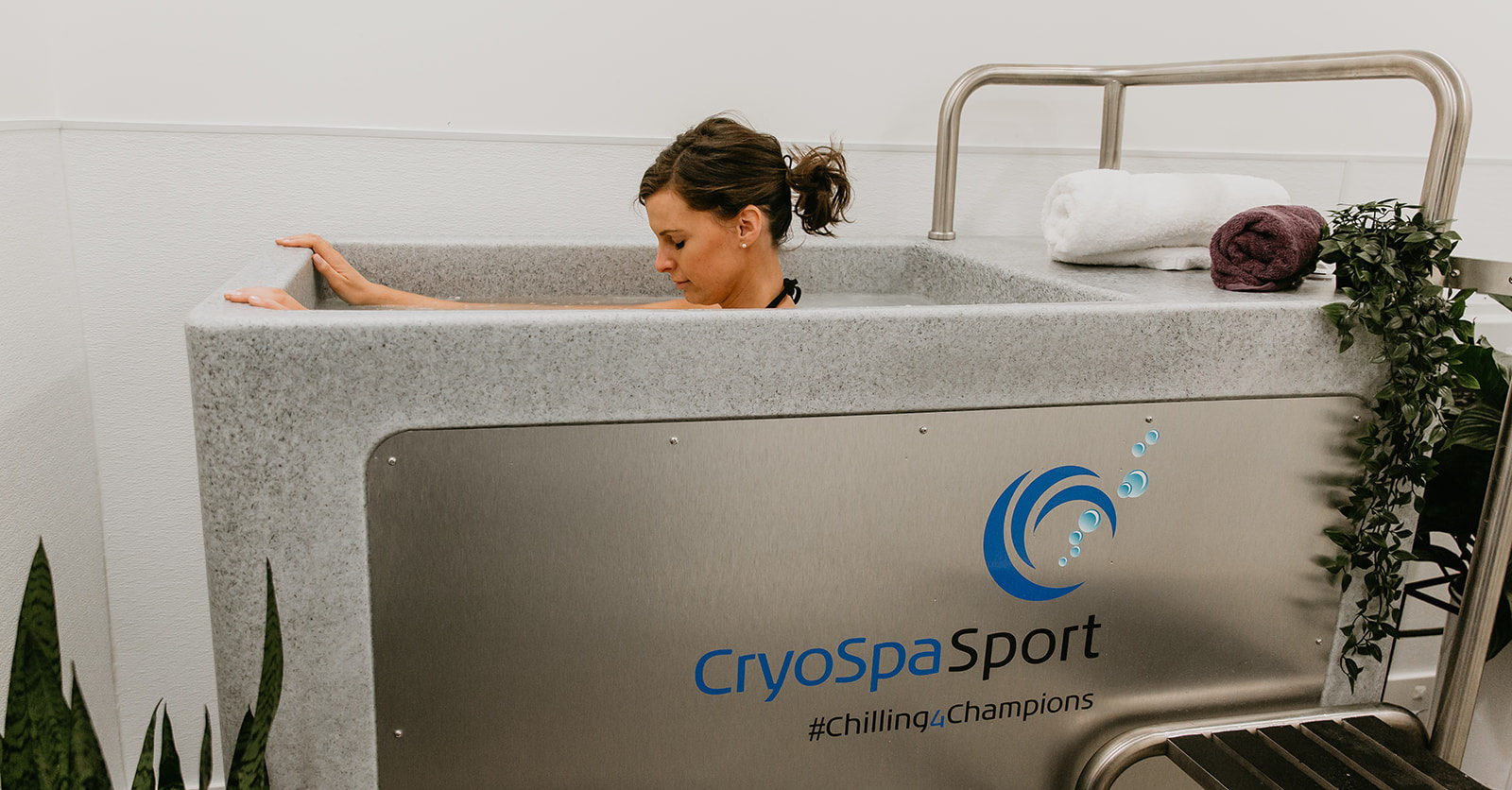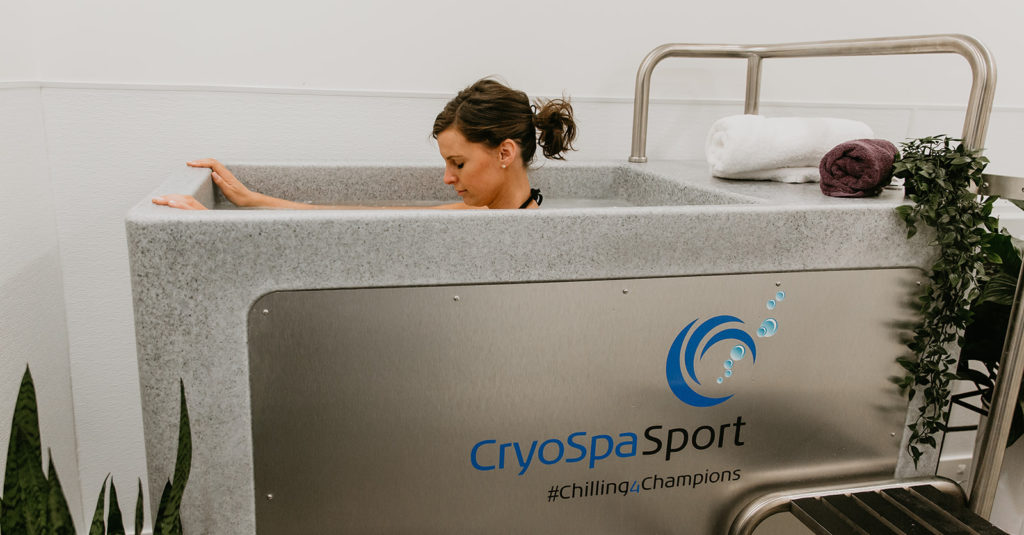Ok, since we were kids, and then through our adolescent years and into adulthood, we’ve all been told about the benefits of exercise and healthy living. For any of us who have undertaken physical activity as a simple act to make us happy and healthy or for those who have taken it to the next level, striving for performance or personal goals, we’ve all experienced the same thing to one extreme or another……. fatigue and soreness. Dealing with the aftermath of exercise has been something humans have dealt with for centuries. Whether it was sitting in a Turkish bath house before being beaten by a large muscular gentleman, to rolling in the snow in the Scandinavian arctic before hopping in a sauna, humans have always searched for a cure to the ills brought on by exertion. While some of these techniques still exist, and some remain effective, its only in the last 10-15 years that there has been heavy investigation into the science of recovery and its benefits.
There are a lot of recovery techniques out there and over time, we will spend some time talking about each of them. Recovery techniques include optimization of sleep, sauna, massage, rollers, electrical stimulation, compression therapy and cold therapy. In this article, we’re going to provide a little introduction into cold water immersion therapy. Other potential names for cold immersion therapy are cold water therapy, ice baths, ice bath therapy and cryotherapy.
What are the benefits?
Cold water immersion therapy has been shown to have a wide variety of benefits including positive effects on sport recovery, mental health, physical illnesses including fibromyalgia and rheumatoid arthritis and sleep. (1) In addition to its physical benefits, cold water therapy also heightens our level of awareness and positively affects our cognition. While cold immersion therapy certainly generates biologic effects as part of recovery from exercise, it also positively affects our perception of fatigue and muscle soreness and our perception of the exertion that went into our training. (2)(3)(4) In other words, cold water immersion therapy is a wholistic therapy contributing to not only our physical, but also our mental recovery.
So how does it work?
There are several scientific papers that describe the changes in our physiology that occur with cold therapy. Rather than going through the details of these articles, I will simply highlight the biggest physiologic effects. These effects are, in no order:
- Vasoconstriction. In short, this means constriction of our blood vessels, both veins and arteries. We have thermal nerve cells. When these are exposed to cold, they activate our sympathetic nervous system (that’s the one when you see a guy with a gun, freak out and run away) The activated sympathetic system then constricts the blood vessels which leads to less blood flow to our sore and tired muscles. Less flow means less swelling, edema and reduced inflammatory activity. (5)
- Cold water is a pain reliever. The other name for pain relievers is analgesics. When our sore limb or body part is immersed in cold water, the nerves conduction in the tissues. slows down and its excitability decreases. This creates nerve conduction delays and a dulling of sensation. This dulling of the sensation of discomfort is known as “analgesia” or pain relief. (6)
- Cold water immersion therapy reduces the activity of inflammatory pathways which decreases the release of inflammatory cells and subsequently reduces the by-products of inflammation such as free radicals and protein breakdown products in our tissues. With reduced breakdown products in our tissue, there is less need for blood flow to our muscles and because of this, edema, and soreness decrease. (2)(7)
- Placebo effect. Cold water therapy affects our mentation. It increases our alertness and mental acuity. This by itself can affect our perception of discomfort. (2)(3)(4)
- Hydrostatic pressure. This is the pressure produced by the weight and volume of water that surrounds us while we are in the cold immersion tub. The closer to the bottom of the tub a body part is, the greater the weight of the fluid and the higher the hydrostatic pressure. When immersed in a tub, there is a gradient from our toes to our chest with the greatest pressure on our lower body. This gradient pushes fluids from our lower extremities towards our chest and neck. This means that edema and inflammatory breakdown products are pushed out of our lower limbs into our circulatory system which then expands and increases our cardiac output. This increased cardiac output means increased metabolism of the waste products produced by our exercise.
Is cold ever too cold?
Absolutely!! There is a fine line with levels of vasoconstriction. We want enough vasoconstriction to get the benefits described above, but we still need enough blood flow coming into the tissues to carry away the excess fluid and breakdown products that occur with strenuous exercise. Water that is too cold or exposure that is too prolonged, to the point that our core temperature drops, can be detrimental by causing severe Vaso-constriction, markedly reduced blood flow to the peripheral tissues and reducing cardiac output. (8) In this situation, the breakdown products that have built up in our tissues with exercise are unable to leave the tissues and start to build up. This ends up increasing muscle soreness rather than decreasing it. The other thing that happens with severe vasoconstriction is that flow is directed away from our skin and muscles to our central organs. Our central organs are big energy users and when they get increased blood flow, they use up more energy. This has many effects including depleting our energy stores and accumulating central waste products. (8) Finally, remember that in addition to severe vasoconstriction, I said that severe or prolonged exposure to cold also causes reduced cardiac output. Now we have the added problem of those central waste products just sitting there and not getting flushed out by normal cardiac output. (8) So, in summary, what have we created with excessive cold exposure because the water temperature was too low, or we stayed in too long? We’ve caused severe vasoconstriction and reduced cardiac output which means excess fluid and cellular breakdown products in our tissues and increased central blood flow which depletes our energy and increases central cellular breakdown products, all of which then sit around because of our reduced cardiac output. How does this feel? We end up remaining sore, fatigued and potentially nauseated. This is exactly what we don’t want. How do we control it? At Recovery Lab, our protocol is to keep the water at 10 degrees Celsius and limit our cold exposure post exercise to 3-6 minutes. There is consensus on the topic of water temperature. The question of duration is up for some debate but there is certainly scientific evidence for the 3–6-minute duration we have chosen.
Now that we understand how it works, what does the science say about the effect of cold immersion therapy on our athletic performance? The other obvious question is how and when to use it in our everyday training lives and during times when we are really focused on maximizing our performance. Each of those are lengthy topics. To let you digest the how, we will take a break here and the next two articles in subsequent weeks will deal with the questions of how and when.
Until then, stay cold……. just not too cold.
References:
7.Exercise-induced muscle damage in humans. Clarkson et al. American Journal Physiology 81: S52-69



